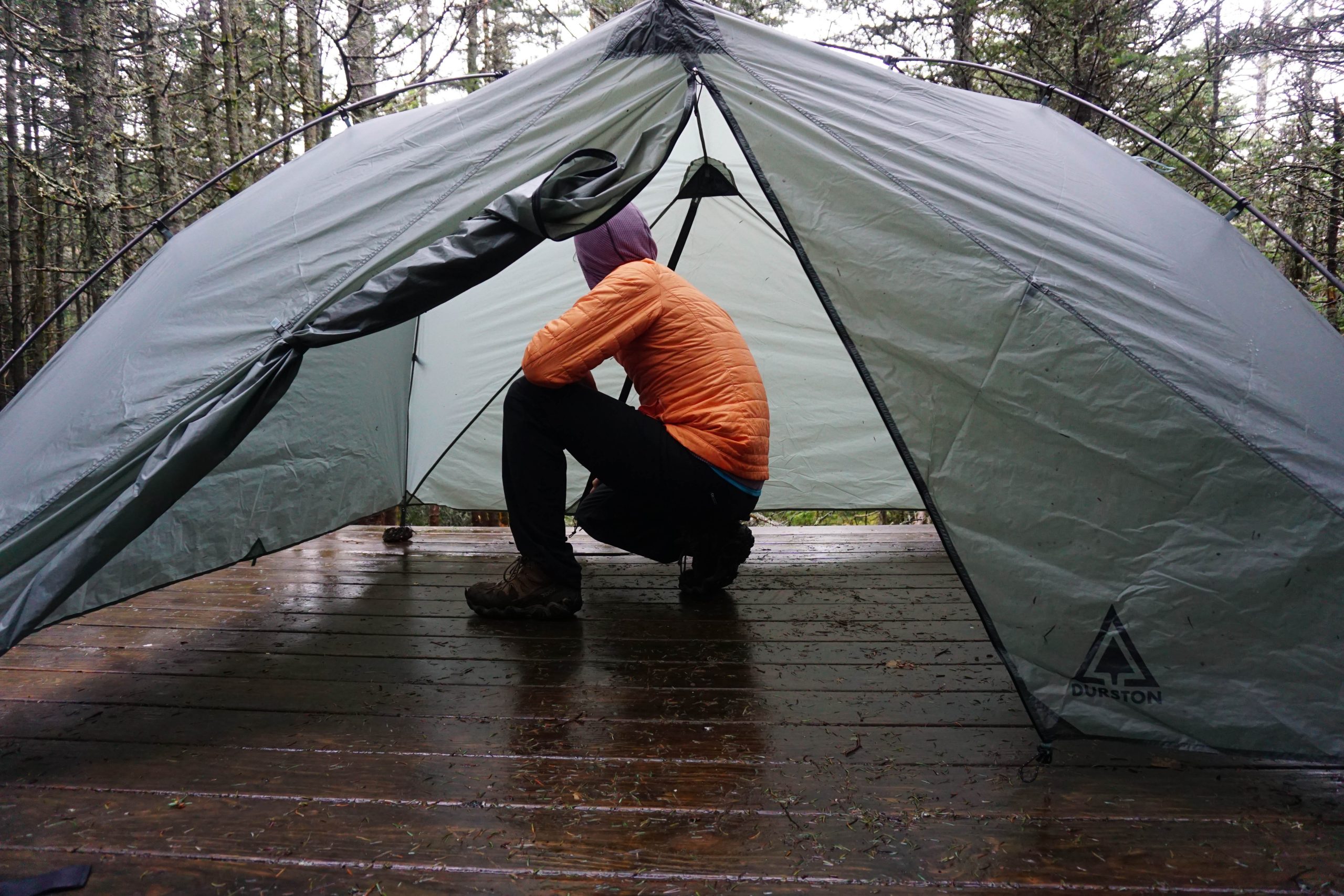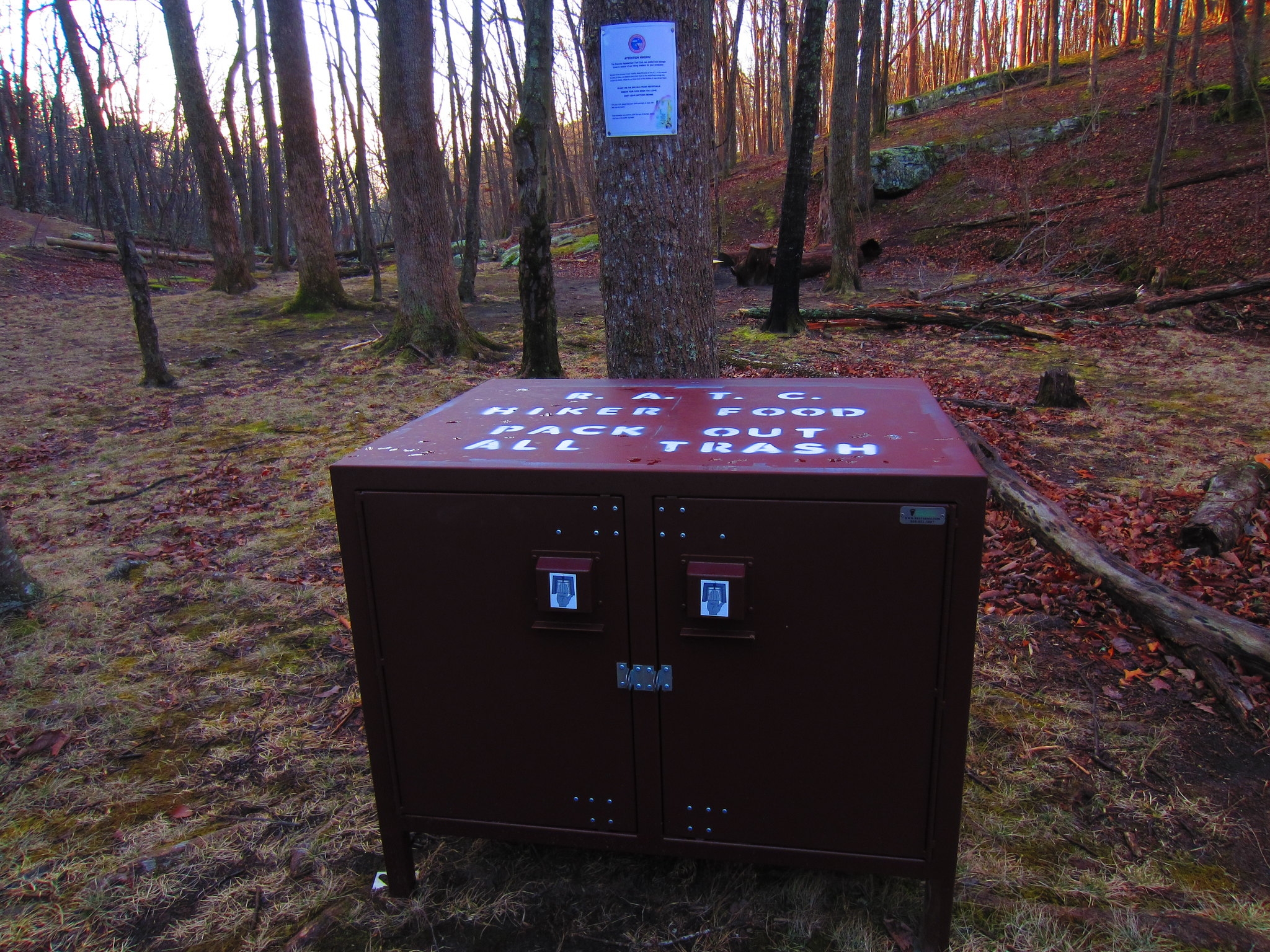SLeeping in shelters on the path of the Apalaches can be a wonderful experience. If it is rainy, incredibly windy, or you are too tired to think about configuring your store, three walls and a roof can feel like a mansion.
With this comfort comes a shared responsibility to respect the shelter and its fellow hikers. Just as you would not start your muddy boots at someone’s dinner table, there is a code of tacit behavior that prevents peace (and prevents you from being that walker).
Should they be allowed that snoring sleep in shelters? Do hikers have priority? Is it ever cooking (or placing the store) inside? In this publication, we address some of the most common questions about the tag of the Trails of the Apalaches.
5 controversial rules of Senderos de los Apalaches shelter
The priest’s shelter in Virginia. Photo: Ian Gray
1) The early morning obtains the … space. But don’t be a pig
Yes, arriving early can assure you a main place. But do not extend your kit all over the floor if others are still entering. He condemned his team with his personal sleep area. If the shelter is filled, prepare to leave space, even if that means moving a little more to your neighbor. And you definitely are not that person who places his store inside the sleeping area. Remember, shelters are a shared space.
On two weekend trips to the white mountains, I have been Wake up And he asked to leave the shelter by hiker groups. I think this does not need to say it, but hikers do not have a priority claim of space within a shelter! If you reach a shelter and the space has been filled, it is time to leave and establish that tent.
Ed. -Having spent a lot of time walking and writing about the AT, I can confirm that a surprising number of hikers believes that there is some official rule that gives them priority refuge access. PSA: There is no.

I promise: It is not so bad to go out to a store pad and configure your store.
2) The mud is the enemy
His boots, his package, his person, are probably covered with dirt of trails. Try to eliminate as much dirt as possible from your team before taking it to the shelter. If you have camp shoes, change in them and hang your hiking or leave them outside, where no one will stumble upon them. Nobody wants to sleep in a pile of land. (Most of the shelters have a broom or a brush that can be used to clean any rubble in which it tracks).
This also applies to anything else that has seen a long time of paths, such as trekking posts or wet rain equipment. Give them a good milkshake and try to store them outside instead of croking the already limited interior space. A little effort is very useful!

Most shelters have a broom to help users keep the area clean. Photo: Jill Lapham
3) The calm hours are sacred
This is perhaps the most violated and most crucial rule. In general, from 9 pm to 6 am they are considered calm hours. This means that there are no strong conversations. Whisper, or better yet, save the deep philosophical discussions for the walk in the morning.
Use your red light configuration in your lighthouse if you have one, or keep your white light from the faces. Blinding someone with a full beam lighthouse at 3 am is a quick way to win an enemy.
Try to organize your team before dusk so that you do not rummage in wrinkled bags when everyone else tries to sleep. If you arrive or come out in the dark, just do everything possible to minimize noise and interruption.
And although I know that this can be a delicate issue, I firmly believe that if you are a known heavy snorer, you should consider sleeping in your store. Light sleeping should transport caps for the ears, but I can’t know how to keep a complete refuge because I didn’t mind establishing a camp while I was on a backpacking trip.

The falling refuge in Pennsylvania even has a separate structure for snoring. Photo: Kelly Floro
4) Cook outside, eat outside
Unless it is raining and absolutely inevitable, cook out of the shelter. The smell of rehydrated Chile Mac Lingering all night is not pleasant, and crumbs attract mice (and bears, if you are in an occupied section!). This also applies to eating strong smell snacks. Pack all your food waste, even small crumbs.
Cooking and eating within shelters can create behavioral problems for wildlife. When animals associate shelters with easy access to human foods, they become accustomed, which can lead to aggressive encounters and, unfortunately, it can cause the animal to have to be relocated or even sacrificed.

Many shelters have picnic tables where you can cook and eat comfortably out of the sleeping area. Photo: Luck of marijuana
5) Hang your food! Let it not apply trace
This is not negotiable. Whether it is in the cables of the bears provided or through an adequate bear, their food (and anything with an aroma, such as toothpaste or sunscreen) has to Be hung from the shelter. Mice are rampant in shelters, and bears are curious. Do not be the reason why someone’s team is chewed by a rodent or a bear is used.
Pack everything you empathize, and then some. If you see a piece of street garbage, recover it. Do not leave food delays, wrappers or anything else. Before leaving in the morning, give your area quickly to sleep with your hand to make sure you have left nothing.

Some high -use shelters, such as the Lamberts Meadow refuge in Virginia (in the photo) even have bears lockers for safe food storage. Photo: Rain cannon
To sum up
The shelters are not hotel rooms, nor are they private cabins. By practicing a little common sense and a lot of consideration, you contribute to the positive experience of each hiker who only look for a good night of sleep. Remember: your actions impact more than just your own night. Happy paths and sleep well!
Outstanding image: Photo of Nicholas_t; Graphic design by Mackenzie Fischer.
This website contains affiliate links, which means that the walk can receive a percentage of any product or service that you buy using the links in the items or ads. The buyer pays the same price that would do it differently, and his purchase helps to support the continuous objective of the walk to address his quality backpack advice and information. Thanks for your support!
For more information, visit the page about this site.


:max_bytes(150000):strip_icc():focal(749x0:751x2)/Priyanka-Chopra-malti-102025-18a26388ba86409dae2a8283193606c6.jpg?w=238&resize=238,178&ssl=1)

